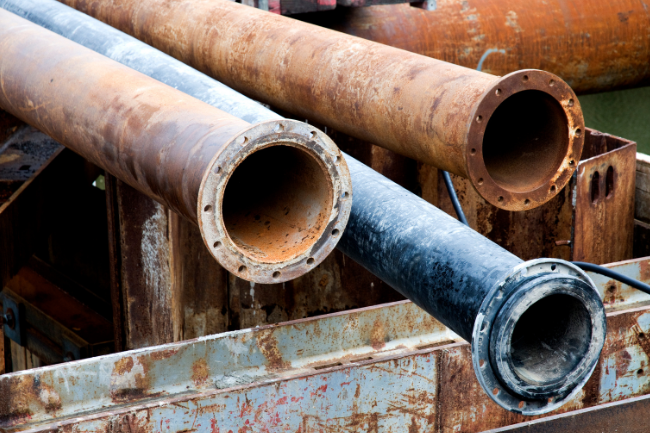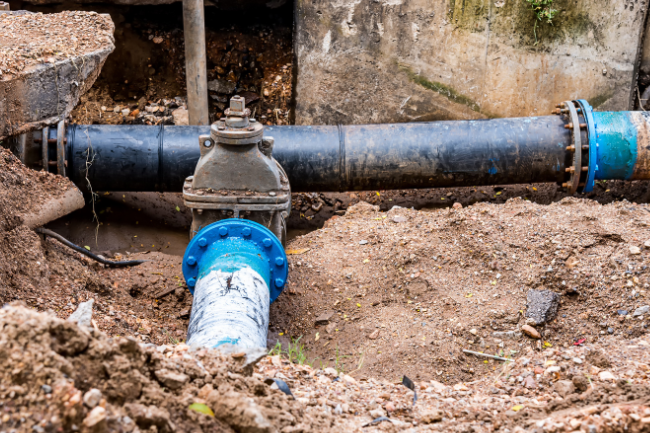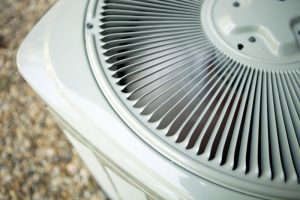
Orangeburg pipe systems, primarily developed in Orangeburg, New York until the 1970s, were the most common sewer pipelines until their replacement by PVC and ABS pipelines in recent decades. These pipes, made of wood pulp and pitch, easily absorbed moisture and deteriorated over time, losing their structural integrity and growing brittle.
As the primary pipeline option until the 1970s, Orangeburg sewer systems are still featured in many older homes. Orangeburg pipelines begin to deteriorate after 30 years, and have an estimated 50-year lifespan in ideal conditions; for pipe systems built in the 1960s, their time is almost up.
Can today’s trenchless technology solutions resolve degrading and cracking in Orangeburg pipe linings, or must you endure expensive, yard-damaging pipeline replacement on your property?
How to Know if You Have Orangeburg Pipes
To effectively determine whether Orangeburg pipes are part of your home’s infrastructure, homeowners should start by considering the age of their property and the estimated installation period of the pipes.
Typically, homes constructed between 1945 and 1972 are likely to have utilized Orangeburg pipeline systems for their sewage needs, given the material’s popularity during this era due to its affordability and the scarcity of metal post-World War II. To gather more precise information, property owners can consult various resources. Landlords, for those renting their residences, often have access to historical maintenance records that can shed light on the plumbing history of the property.
Additionally, real estate transaction records, often held by local government offices or accessible through public records, might include details about the home’s construction and any major renovations, including updates to the plumbing system. City or municipal documents, such as permits and building codes, can also provide insights into the materials used in the property’s construction.
Consulting these sources can offer a comprehensive view of whether Orangeburg pipes are present and inform decisions about potential inspections or replacements to ensure the longevity and safety of the home’s sewage system.
Can Orangeburg Pipes be Repaired With Trenchless Solutions?
Trenchless technology offers a cutting-edge solution for repairing deteriorating or damaged Orangeburg pipes with minimal disruption to your property. This innovative method is most effective when the damage to the pipes is manageable and hasn’t progressed to a point beyond repair.
However, when Orangeburg pipes become a fully collapsed and unsalvageable wreck, due to their inherent brittleness and degradation over time, more extreme and invasive solutions must be explored. At this juncture, it becomes imperative to consider comprehensive replacement strategies to ensure the integrity of your plumbing system and avoid potential property damage.
When You Need Orangeburg Trenchless Pipe Repair

Despite a reported life expectancy of 50 years, some Orangeburg sewer pipe systems can begin to fail within ten years due to environmental stresses and pressure. After around 30-40 years, when the deterioration of Orangeburg pipelines begins, property owners may notice the service and efficiency of their home’s sewer system and other piping change; this is the sewage system starting to fail. If this problem is left uncorrected, it can threaten the safety and health of home inhabitants.
Common indicators of failing Orangeburg pipe systems include:
- Progressing or sudden pipe collapse
- Tree root/biological penetration into pipelines
- Frequently clogging pipelines
- Indentations on your yard/property
A proper plumbing inspection will inform you if your home’s pipelines are Orangeburg pipes. If an Orangeburg pipe system is too far deteriorated or unsalvageable, a full replacement with PVS piping may be necessary. To avoid such a costly and property-damaging scenario, it is very beneficial for homeowners to get a professional inspection of their pipe system and repair deterioration while still possible.
It is not uncommon for homeowners to have a specialist perform a video inspection of their Orangeburg pipelines to assess the status and extent of deterioration in the lines. While leaks, small breaks, and deteriorated surface areas can be reinforced with trenchless technologies, a full pipe replacement may be necessary to remedy full collapses of pipe.
Solutions and Maintenance for Orangeburg Pipes
Fortunately, for owners of older homes and properties, there is a solution to the problems deteriorating Orangeburg pipelines create: trenchless technology. Trenchless technology, also known as lateral pipe lining, is a method of cured-in-place pipe lining (CIPP), that does not require any significant digging, floor removal, or property damage.
CIPP pipe linings are especially effective in restoring Orangeburg pipelines, where they can:
- Seal holes and cracks in pipelining
- Seal joint connections
- Smooth significant offsets
- Seal bottomless cast iron
- Fill missing pipes
Trenchless technologies are integrated with older pipelines, such as the Orangeburg pipe, through the use of small dug holes, or even existing openings, in drains, pipes, and sewer systems. CIPP installers use an industry-standard, fiberglass, and resin Perma-liner to fill a pipe and inflate its inner walls, similar to how a pipe-cleaning agent flushes dirty drains. This epoxy-coated application fills all cracks, breakages, and fissures in a pipeline, and with today’s trenchless repair technology, can be fully cured and ready in a matter of hours.
Following application, structural integrity is then dependent on the stronger, reinforced liner that trenchless technology introduces, as opposed to the Orangeburg pipeline itself. In addition to safely and effectively performing Orangeburg pipe repairs, trenchless restoration technologies can also renew your pipeline’s life expectancy (contributing an additional 50 years of use), and save significant financial resources on short- and long-term future repairs.
By using trenchless technology to reinforce, reline, and restore your Orangeburg sewer pipeline, homeowners can also benefit from:
- Using ‘green’ technology, which reduces risks from underground toxins and substances that can arise during conventional pipe restoration and digging
- Assets and property remain largely untouched
- Significantly less laborious application, which saves fees on installation
It is no wonder why this highly efficient and effective method of pipeline repair has become so prevalent today. Integration of trenchless technologies with deteriorating or damaged Orangeburg pipelines is now one of the simplest and most beneficial methods of Orangeburg restoration.
Orangeburg pipelines, commonly present in homes built before the popular rise of PVC piping in the 1970s, are naturally prone to deterioration after 30-40 years; however, damage and degradation can begin as soon as one decade in certain cases. Each case of Orangeburg pipe systems is different; many can benefit from the reinforcement and stability trenchless technologies can provide, while some more extreme circumstances may require full pipe replacement.
Contact Express Sewer for Orangeburg Trenchless Pipe Repair
To learn more about trenchless technology’s wide applications, often in the repair and strengthening of Orangeburg pipelines, and what we can do for your home or business, contact Express today for a free Orangeburg pipeline consultation.

This post first appeared on https://www.expresssewer.com



